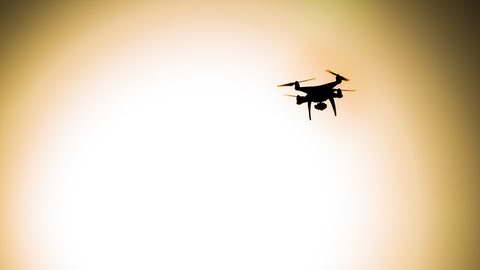
Researchers from the department of Materials Science and Engineering at the University of North Texas have received a $780,000 grant from the Army Research Laboratory to study the combustion engines used in aerial Army drones. The team is working to advance surface engineering technologies to enhance future multi-fuel capable engines.
“The use of combustion-engine drones in the field can be problematic for military operations,” said Diana Berman, the lead investigator in this study. “Special fuel has to be brought in for the drones and it is not always possible. The team is developing more versatile and efficient engines’ design that operate with different fuel types with the least amount of wear.”
An Army designated Essential Research Area calls for engines capable of sustained operation under extreme operating conditions of continuous high power at variable altitudes with fuels of widely varying properties. Reducing friction in a drone’s engine could be key to developing more efficient and durable unmanned aerial vehicles in the future.
The UNT team will create a special coating that can line the steel inside of a drone’s fuel pump, allowing the engine to use any combustible liquid – such as gasoline and alcohol – as fuel. This will also increase the efficiency of the engine by lessening the friction and wear in the system. Reducing the friction in the engine will allow the system to operate more efficiently and for an extended lifetime – leading to longer flying times, the ability to carry more weight, and major cost savings.
“The fuel pump in a drone is similar to that of an automotive,” said Andrey Voevodin, professor of Materials Science and Engineering. “It is designed to move fuel from the tank to the engine. But, imagine if that car engine always ran at its highest rate of RPMs while changing the altitude from the sea level to the mountain tops. It would quickly break down. Drones constantly maintain that high rate of RPMs and that’s why wear and tear is such a major problem.”
